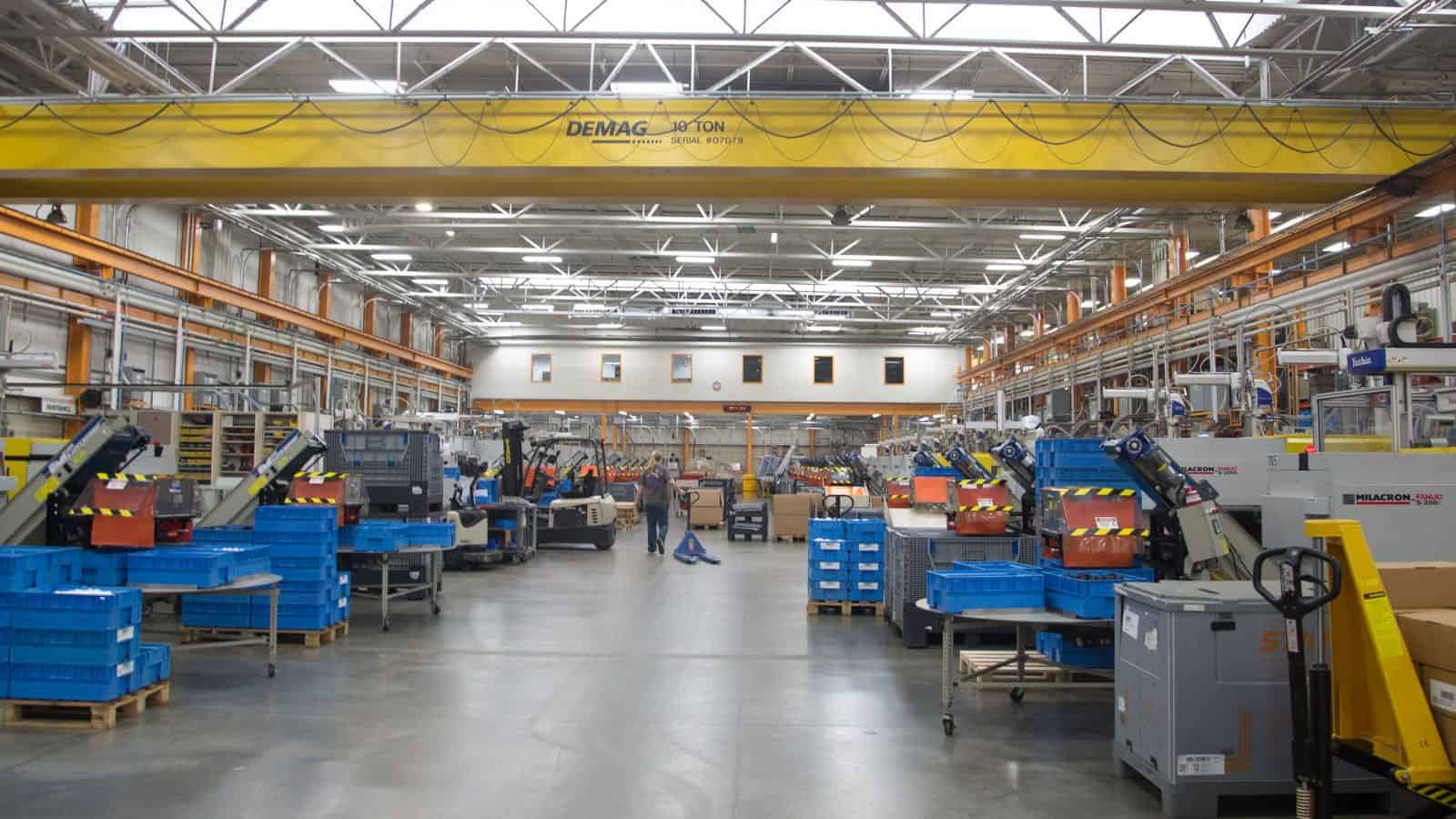U.S. and Allies Announce New Sanctions on Russia
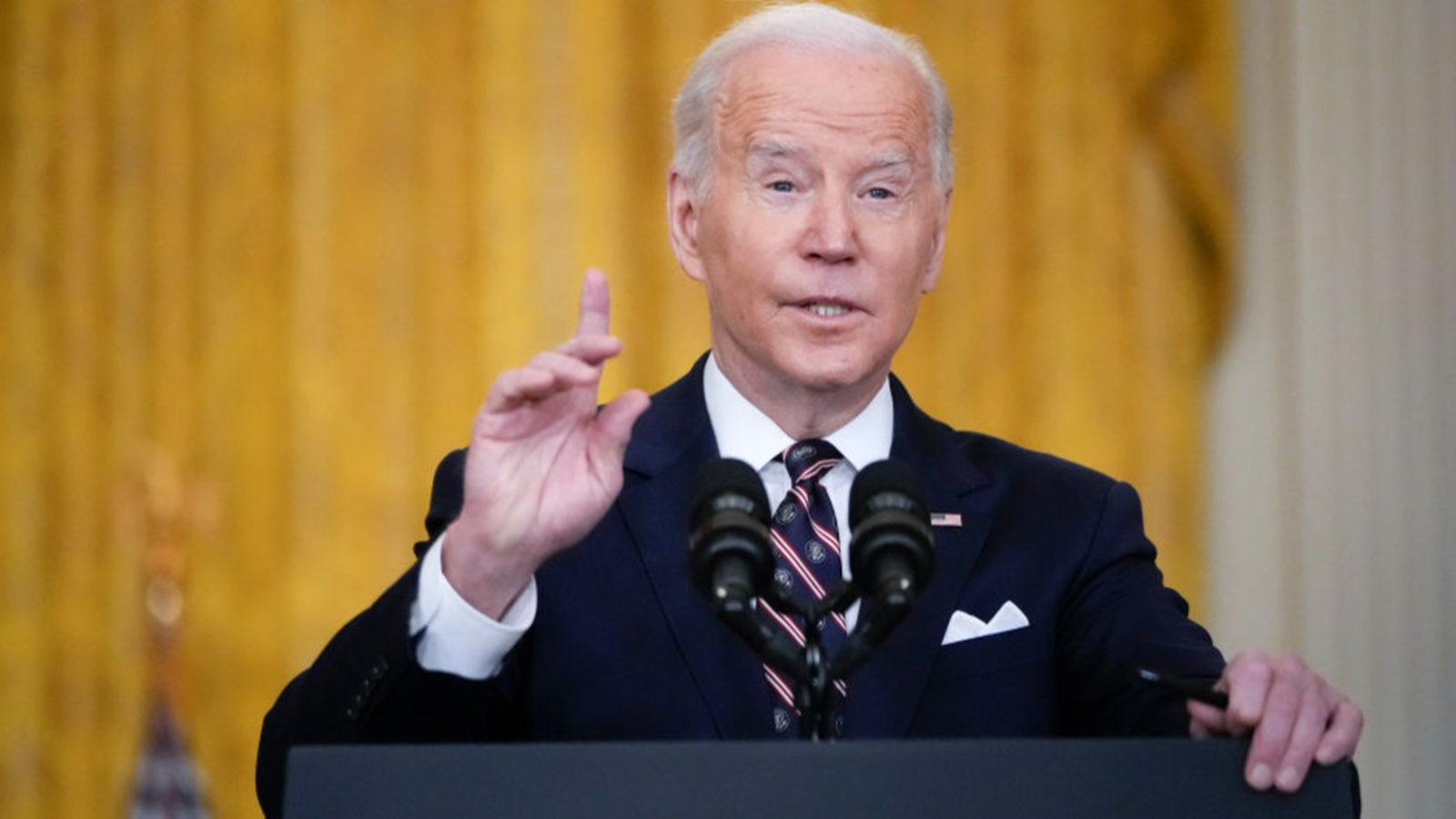
The U.S. and its allies continue to apply sanctions and other measures against Russia in response to the country’s war in Ukraine. The sanctions specifically target Russian oil, corporate services within Russia and Russian manufacturing.
New U.S. sanctions: Recently, the U.S. announced new actions designed to punish Russia. The new sanctions will take effect in a variety of areas, including:
- Industry: The US announced new sanctions on wood products, industrial engines, boilers, motors, fans and ventilation equipment, bulldozers and other items with industrial uses.
- Visas: The U.S. has placed visa restrictions on 2,600 Russian and Belarusian officials and created a new policy that restricts visas for Russian military officials and authorities.
- Nuclear licenses: The U.S. Nuclear Regulatory Commission suspended licenses for exports of nuclear material to Russia.
- Key services: The U.S. cut off Russian access to U.S. accounting, management consulting and trust and corporate formation services.
U.S. allies and partners have also imposed additional sanctions:
- G7 countries: The G7 committed to phasing out or banning Russian oil imports while also working together to ensure that global energy supply remains stable.
- European Union: As part of its sixth package of sanctions against Russia, the EU will phase out Russian crude oil within six months and refined oil products by the end of 2022. The EU also committed to removing Sberbank and two other Russian banks from the SWIFT system and banning the use of European accounting and consulting services by Russian companies.
- United Kingdom: The UK announced new sanctions on Russia and Belarus targeting 1.7 billion euros worth of trade. Among the specific targets are Russia’s manufacturing and heavy machinery industries.
The NAM’s actions: On Friday, representatives from the U.S. Department of Commerce joined the NAM’s weekly Trade Forum for a discussion with NAM member companies on the U.S. response to Russia’s unlawful invasion of Ukraine. The discussion focused on the implications for U.S. exporters and other businesses, as well as U.S. government resources that can help NAM members stay informed.
- “Last week’s special meeting with the Commerce Department was a vital opportunity for manufacturers to underscore our support for efforts by the Biden administration and bipartisan congressional leaders to hold Russia accountable and bring peace to Ukraine,” said Ken Monahan, Vice President of International Economic Affairs.
- “As the NAM Board of Directors declared in a resolution approved unanimously on March 8, manufacturers stand with the people of Ukraine, and our industry is committed to sustaining and safeguarding democracy and democratic institutions not only here at home, but also abroad.”
New Overtime Rule Proposal Expected Soon
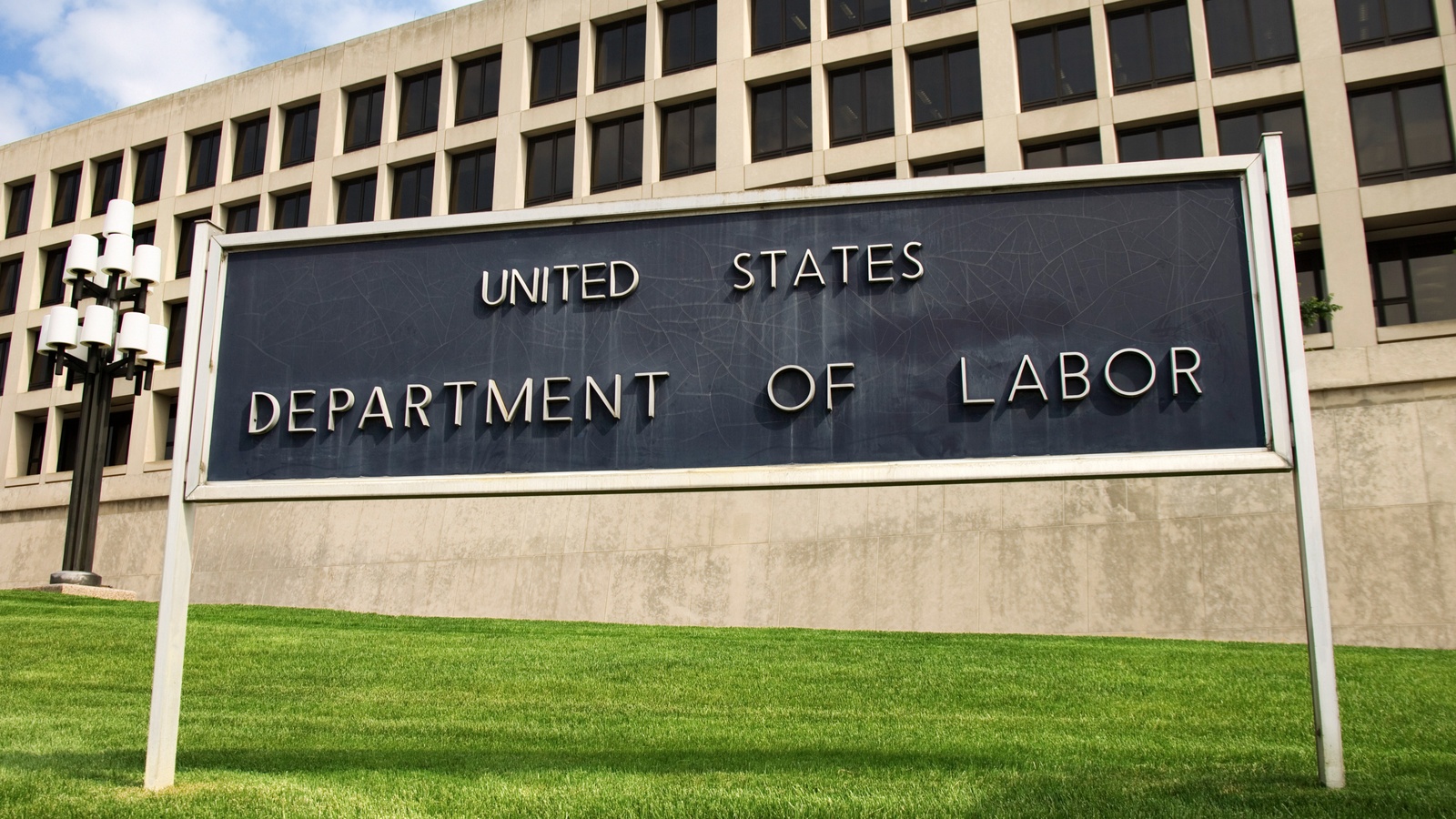
A new overtime rule from the U.S. Department of Labor is likely to change some of the existing rule’s white-collar exemptions. NAM Vice President of Infrastructure, Innovation and Human Resources Policy Robyn Boerstling joined us to explain what’s happening.
The background: The overtime rule, part of the Fair Labor Standards Act, dictates that employees must receive overtime pay of at least time and a half for hours worked over 40 in a workweek. It contains exemptions for white-collar workers based on their salaries and duties. If an employee makes a minimum amount of money or is classified as an executive, administrator or professional, they are exempt from overtime pay.
- “The NAM has provided comments over the years to the Department of Labor and the Wage and Hour Division concerning the exemptions from Fair Labor Standards Act minimum wage and overtime requirements for certain executive, administrative, professional, outside sales and computer employees,” said NAM Vice President of Infrastructure, Innovation and Human Resources Policy Robyn Boerstling. “Manufacturing employees, on average, earn $92,832 in pay and benefits.”
The new action: A new overtime rule is expected soon, and employment law attorneys expect the U.S. Department of Labor to recommend higher salary thresholds for the rule’s white-collar exemptions.
What it means: A new overtime rule that raises salary thresholds for white-collar exemptions would make more employees eligible for overtime pay and potentially cause challenges for employers and even those employees who have worked to advance themselves away from hourly jobs and into salaried company positions. The current salary threshold is $35,568 per year.
Our take: Boerstling made the case directly to the Department of Labor during an April public listening session. “The NAM urges caution in any effort to expand overtime exemptions as manufacturers believe adjustments would be disruptive in a challenging economic and workforce environment,” she said.
- “The manufacturing workforce has tremendous autonomy and latitude in this labor market to address pay and compensation issues directly with their employers.”
Next steps: The NAM continues to work toward a regulatory solution but could have to take legal action to protect employers and manufacturers across the country. Check out the NAM Legal Center to learn how we are working to support our members nationwide.
The last word: “We think that any rulemaking that is being prepared for public release on overtime exemptions for certain white-collar workers should be paused and reconsidered until a later time when supply chain and inflationary challenges have subsided,” said Boerstling.
As Congress Preps for Trade Hearings, IP Waiver Remains Troublesome

As the House and Senate gear up for key trade hearings this week, manufacturers are watching with great concern a purported compromise between the U.S., EU, South Africa and India that would waive intellectual property rights for COVID-19 vaccines, according to POLITICO EU (subscription).
The background: In October 2020, India and South Africa tabled a proposal to waive IP rights for a broad array of COVID-19 preventions and treatments, including vaccines. Although the U.S. Trade Representative in May 2021 announced support for a waiver for COVID-19 vaccines, member states have remained divided on the proposal, with European governments and a range of American, European and other voices opposing the waiver, saying it is problematic and ineffective.
The latest: This week, members of the two key congressional committees—the House Committee on Ways and Means (Wednesday) and the Senate Finance Committee (Thursday)—will question U.S. Trade Representative Katherine Tai on the so-called Trade-Related Aspects of Intellectual Property Rights (TRIPS) waiver among discussion on other trade priorities.
- Earlier this month, Ambassador Tai’s office confirmed U.S. agreement to the broad compromise, though not the specific text. The purported text “states that a country wouldn’t need to try to secure authorization from the holder of the patent before undertaking this process. Rather than being limited to compulsory licensing, it ‘includes other acts, such as executive orders, emergency decrees and judicial or administrative orders.’ It would also bundle together all patents necessary to produce a product,” according to POLITICO.
- The NAM notes that the purported text could be used to waive not just critical COVID-19-related patents but critical manufacturing-production technologies in general. This allowance could hit a broad swath of manufacturers.
- Congressional voices ramped up almost immediately after the announcement: Sens. Thom Tillis (R-NC), Tom Cotton (R-AR) and Marsha Blackburn (R-TN) urged Commerce Secretary Gina Raimondo to “take all steps possible … to reverse Ambassador Tai’s disastrous decision to enter into this agreement.” The waiver, they said, would “destroy high-paying American jobs” and “enable any company or government—including hostile actors like China and Russia—to simply steal cutting-edge American technology.”
The NAM says: The proposed waiver, which still requires agreement from EU member states and World Trade Organization member countries more broadly, would not solve the critical manufacturing and supply chain challenges—and that the critical challenge now is not vaccine supply, but distribution and demand.
- The kind of innovation that created the coronavirus vaccines “is a fundamental American value and has been not only a core of our response to this pandemic, but also the foundation of our ability to create new health products and solutions to respond quickly to future health emergencies,” said NAM Vice President of International Economic Affairs Ken Monahan.
- Waiving property rights for innovative products would harm both U.S. technology leadership and the well-paying jobs it provides, he said.
Instead of a waiver of critical intellectual property, Monahan called for “effective, practical broadly supported initiatives suited to best fight COVID-19 now, including stronger coordination to tackle these bottlenecks and facilitate trade in health products.”
SEC Releases Climate Rule

The U.S. Securities and Exchange Commission has released a rule that would require public companies to make disclosures about their greenhouse gas emissions, climate-related financial metrics and climate-related risks.
The background: Since the early days of the Biden administration, the SEC has said that investors need “consistent, comparable and decision-useful information” about public companies’ climate-related risks. SEC Commissioner Allison Lee, a longtime champion of climate disclosures, called yesterday’s announcement “a watershed moment for investors and financial markets.”
The rule: The proposed rule would institute a wide range of new climate disclosure obligations for publicly traded companies.
- GHG reporting: All companies would be required to report Scope 1 and Scope 2 greenhouse gas emissions—those generated directly by a company’s operations or indirectly by a company’s energy usage. If “material” to investors, companies would also have to report their Scope 3 emissions—those resulting from upstream and downstream activities in their value chain.
- Financial metrics: Companies would be required to analyze climate impacts on their existing financial statement line items (like revenues, cash flow and capital expenses).
- Climate risk disclosures: This set of disclosures involves companies’ assessment of their “physical risks” (like fires and floods) and “transition risks” (like climate regulations or new green business models) related to climate change. Businesses would have to evaluate these risks and then disclose their potential impact as well as what steps the company is taking to mitigate them.
- Targets and goals: Many companies set public goals related to greenhouse gas emissions, water usage and the like. Under the SEC’s rule, companies would have to report information on how these goals are set, tracked and accomplished.
The SEC hopes to finalize its proposed rule by the end of this year, which means the largest companies would have to comply as of their FY2023 filings (submitted in early 2024).
Our action: Protecting manufacturers and their shareholders as the SEC works to mandate climate disclosures is a top NAM priority. NAM members can learn more about the SEC’s climate rule during our March 29 webinar, which you can register for here. We will be providing comment on the SEC’s proposal, and manufacturers are encouraged to share their feedback with NAM Senior Director of Tax and Domestic Economic Policy Charles Crain.
The last word: “Manufacturers support key disclosures related to publicly traded companies’ climate strategies, as this information can help shareholders make informed decisions,” said NAM President and CEO Jay Timmons.
“However, broad, sweeping disclosures could be counterproductive—requiring manufacturers to waste time and resources reporting irrelevant information that will not be decision-useful for shareholders. The SEC should focus on requiring disclosure of material information, and the NAM looks forward to working with the SEC to ensure that its proposed climate reporting rule enables smart, company-specific disclosures that are tailored and targeted.”
Oil and Gas Companies Aren’t to Blame for Pump Prices
Take Action
Support Energy Security
Under the guise of lowering gas prices, Democratic leadership in the House and Senate is ramping up legislation-creation efforts and railing against oil and gas companies, according to POLITICO Pro (subscription), The Wall Street Journal (subscription), E&E News (subscription), Punchbowl News, CBS News and Bloomberg (subscription).
What’s happening: In fact, gas prices are dramatically on the rise owing to a combination of factors, including lowered U.S. production, the same supply chain issues that have disrupted the shipment of other goods, limited production by OPEC countries, continued fallout from cyberattacks and Hurricane Ida, a shortage of tanker drivers and more, according to CBS News.
- But the situation is neither as black and white nor as predictable as President Biden would have it.
- “Individual retailers set gas prices based on what they expect their future fuel deliveries to cost,” reads the Journal editorial. “But they have no clue right now due to all of the global uncertainty. Oil prices have plunged this past week in part because the United Arab Emirates said it would urge OPEC to pump more. But the cartel might not.”
Accusation from the Senate: “‘Over the past few days, oil prices have actually been decreasing, but the price of gas at the pump has not,’ Senate Majority Leader Chuck Schumer said Wednesday,” according to the POLITICO Pro piece.
The House, too: Rep. Frank Pallone (D-NJ), chairman of the House Energy and Commerce Committee, this week asked representatives from six oil companies to testify before his committee about why they were prioritizing “their own profits” by keeping gas prices “artificially high,” according to POLITICO Pro.
Democrats’ tax ideas: Congressional Democratic leadership has floated gas price-reduction suggestions, including the following:
- Gas tax “holiday”: The White House recently weighed in on this proposal, which would temporarily eliminate the 18.4-cent-per-gallon federal gas tax that funds infrastructure building as a means of lowering costs to consumers.
- Lease cancellation: “There’s also a proposal floating around Democratic leadership circles to enact legislation canceling oil companies’ federal leases unless they’re actively drilling,” according to the Punchbowl News article. “One Democratic source called this ‘use it or lose it.’”
- “Windfall profits” tax: Rep. Peter DeFazio (D-OR), chairman of the House Transportation and Infrastructure Committee, is pushing for an idea similar to the one floated earlier this month by Sens. Sheldon Whitehouse (D-RI) and Elizabeth Warren (D-MA) to enact a per-barrel tax on oil and gas companies. The Whitehouse tax would be equal to 50% of the difference between the current Brent crude price and the average crude price from 2015 to 2019, according to the Bloomberg piece. (Read the NAM’s response to that proposal here.)
But some Democrats aren’t so naive: “Is there normally a lag between a change in [crude oil] price and the price at the pump? Yes. The energy production system is complex and has many stages in the chain, and the volatility of the price per barrel has been huge in recent weeks,” Sen. Chris Coons (D-DE), who is close to President Biden, told POLITICO.
- Senate Energy and Natural Resources Committee Chairman Joe Manchin (D-WV) also expressed skepticism according to E&E News.
- “I have no problem bringing [oil executives] in to basically explain how the process works…we can all understand it a little better, rather than beating people up who are expected to provide the energy we need,” Sen. Manchin said Wednesday.
The Journal’s take: “President Biden is adopting Donald Trump’s habit of venting his political frustrations on Twitter,” according to a Wall Street Journal editorial this week. “‘Oil prices are decreasing, gas prices should too,’ Mr. Biden tweeted Wednesday. ‘Oil and gas companies shouldn’t pad their profits at the expense of hardworking Americans.’ Sorry, Mr. President. There’s no vast industry conspiracy to raise gasoline prices.”
The NAM says: “Americans are tired of partisan grandstanding and pass-the-buck politics,” said NAM Vice President of Energy and Resources Policy Rachel Jones. “Each of these ideas might look a little different, but they would all have the same result, and none of them would help with inflation.
- “Demonizing the very people we need to produce more domestic energy is a dangerous recipe for shipping jobs overseas and making dictators stronger. And manufacturers know that in the end, these bogus ‘make-someone-else-pay’ schemes always come back to haunt us. When we sacrifice our energy security, prices go up, global emissions go up, China gets stronger, and we become weaker.
- “Instead, we need to remove any roadblocks in America to increasing domestic energy supplies and building out our energy infrastructure, which, by the way, includes renewables as well as domestic oil and gas exploration, nuclear, biomass, hydro and other new energy sources. Now is not the time to fight about favorites; it’s time to stand strong behind all energy options and focus on our drive to sustainability and energy security.”
Take Action: Tell Congress to support North American energy security by CLICKING HERE.
Manufacturers Gain a Competitive Edge with the NAM’s MLC
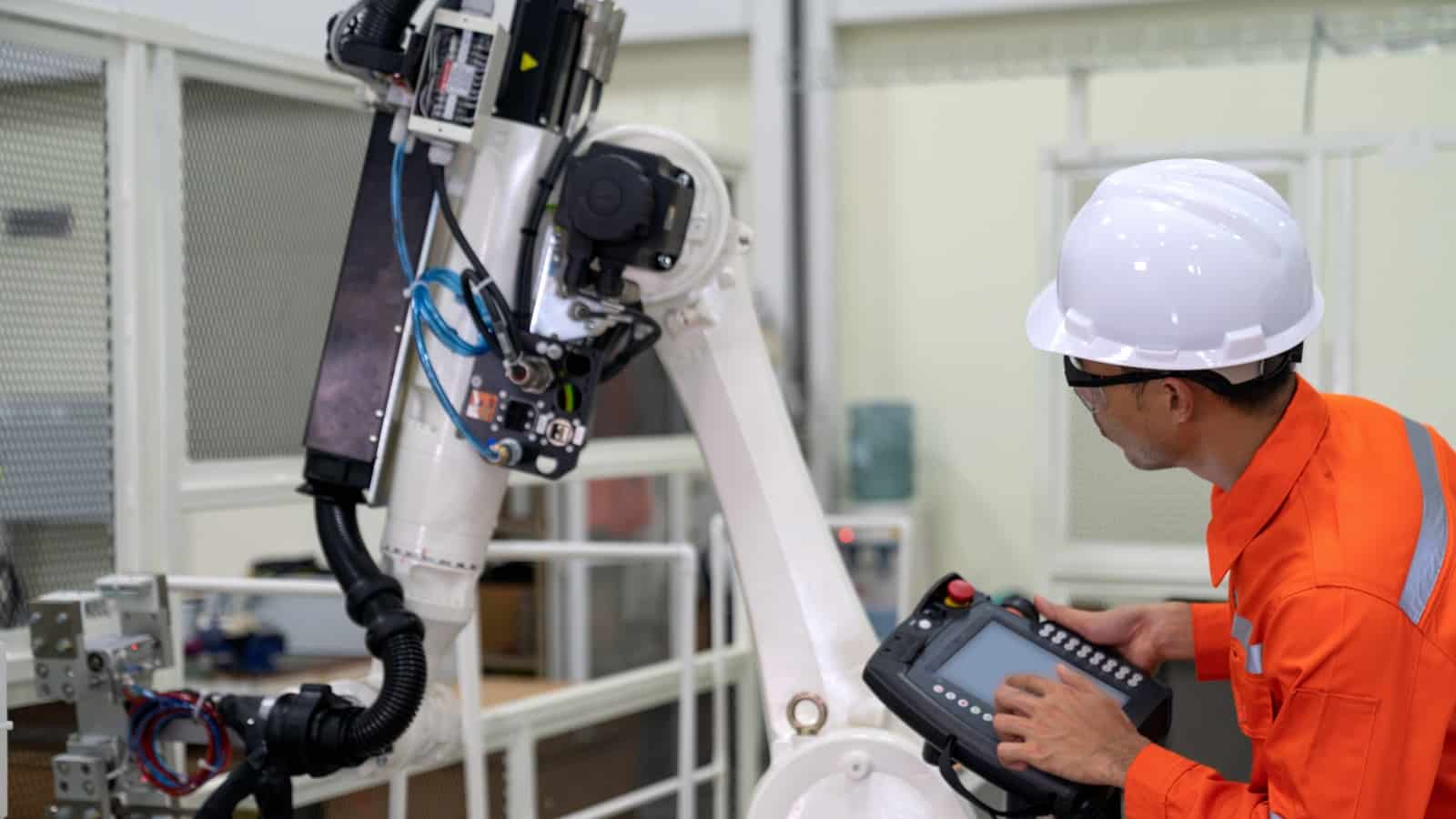
If you’re interested in Manufacturing 4.0, you should know about the Manufacturing Leadership Council. The MLC, the division of the NAM dedicated to digital transformation in manufacturing operation, aims to help manufacturing leaders understand the digital future and the technology, leadership and organizational structures necessary to improve competitiveness and operational excellence.
Critical issues focus: Every year, the MLC creates a Critical Issues agenda around topics determined by its membership of more than 2,600 industry leaders. These include transformative technologies, cybersecurity, sustainability, next-generation leadership and more. The MLC offers focused resources to help manufacturers assess the opportunities and challenges ahead.
Why it matters: Given the industry’s rapid pace of change, manufacturers need to innovate to stay competitive. The MLC helps manufacturers identify new technologies and discover best practices so they can keep up in the digital era.
Key resources: There are many ways manufacturers can tap into the MLC:
- The Manufacturing in 2030 Project: This year-long initiative looks into the future of manufacturing and examines megatrends that will shape the world by 2030. The project helps manufacturers prepare for what lies ahead two, five and 10 years from now.
- Manufacturing Leadership Journal: This web-based publication offers the latest industry news, case studies and best practices from manufacturers working on the front lines. Each bimonthly issue focuses on a theme, such as M4.0 cultures, sustainability or factories of the future.
- Master Class Series: These virtual events explore new technologies, address manufacturer pain points and help those in the industry leverage opportunities by connecting with forward-thinking technology experts. Sessions in the series include interactive webinars, deep dives and tech talks.
- Plant tours: In-person and virtual plant tours provide the opportunity to see advanced manufacturing technologies in action at some of the best-known companies in the industry. Tours offer an up-close look at technologies and processes, plus Q&As with the experts.
- Rethink: The Manufacturing Leadership Council Summit: The MLC’s premier event for manufacturing leaders offers a unique blend of high-level content, interactive discussions and networking with industry peers. This year’s event takes place June 27–29 in Marco Island, Florida.
- Manufacturing Leadership Awards: Each year, these prestigious industry awards recognize operational and leadership excellence from world-class manufacturing organizations and individual leaders.
Get involved: Visit www.manufacturingleadershipcouncil.com to learn more or contact [email protected] to start the discussion on whether the MLC is right for you.
State of Manufacturing: Resilient
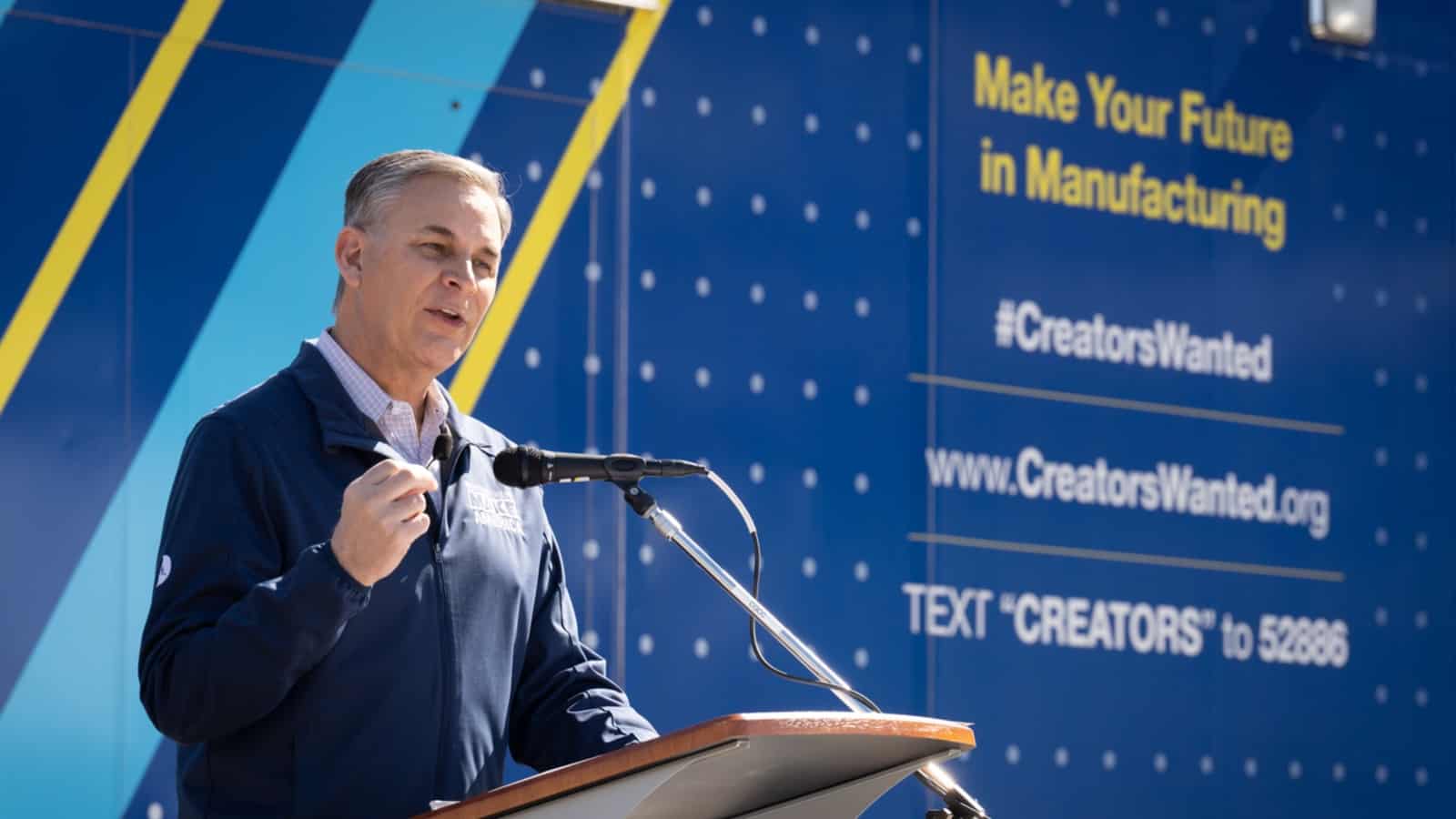
Workforce inspiration, COVID-19 safety, sound legislative policy, tax reform and democracy—these were the main themes NAM President and CEO Jay Timmons discussed during the NAM’s State of Manufacturing address Thursday at Chandler-Gilbert Community College Williams Campus in Mesa, Arizona.
Inspiring the workforce of tomorrow: Manufacturing is a high-tech, fast-paced, well-paying place to work, Timmons told the audience as he stood before the Creators Wanted Tour Live mobile experience, an initiative of the NAM and its workforce development and education partner, The Manufacturing Institute. But, he said, the industry has not been immune to the labor shortage.
- “For each of the past nine months, manufacturers in America have had more than 800,000 open jobs in our industry—800,000 chances to launch a well-paying career,” Timmons told the audience of college students, teachers and staff, as well as local manufacturers. “In Arizona, there were more than 11,000 openings in just the first 45 days of 2022.”
- Yet the state of U.S. manufacturing is, Timmons announced, resilient. “There’s hardly ever been more opportunities for future manufacturing workers. Innovators. Designers. Technicians. Creators. We’re a $2.57 trillion industry, with more than 12.5 million workers and counting. And the vast majority of manufacturing leaders say they are optimistic about the future.”
Getting policy right: Timmons also talked about the policy landscape and stressed the need for lawmakers to enact robust supply-chain, immigration-reform and competitiveness measures.
- “If we’re really going to outcompete China and other countries, then we need Congress to finish up the ‘global competitiveness bill’ they’re working on and get it to the president,” Timmons said.
- He added that coming legislation must include measures to bolster supply-chain resilience, combat goods counterfeiting and increase domestic semiconductor manufacturing.
“Rocket fuel” required: Following the passage of tax reform in 2017—which Timmons called “rocket fuel for our economy”—manufacturers have “kept our promises to raise wages, hire more workers and invest in our communities,” he said.
- “For more than a year, some politicians have tried to raise taxes on manufacturers,” Timmons said. “They tried it with the COVID-19 relief bill. They tried it with infrastructure. They tried it with Build Back Better. And three times, manufacturers said don’t do it. And we won. The voices of moderation in the Senate prevailed.”
- “But if tax reform is repealed or punitive measures, such as the ‘book tax,’ are passed, the U.S. economy will suffer,” Timmons said.
Safeguarding values: America’s values and institutions are what have made manufacturing possible, Timmons said, and we must defend them from the threats they now face.
- “Today, America faces new threats to our democracy, including those threats from within,” Timmons said. “And once again, manufacturers stand proudly on the side of protecting and preserving American democracy and our constitutional republic.”
Media mentions: News of Timmons’ address was picked up by national outlets including POLITICO Pro’s Morning Trade and Fox Business, and an op-ed by Timmons ran on Cleveland.com.
Point of emphasis: “I’ve always believed, and the past two years have reinforced, that manufacturers are in the business of causes greater than self. From building the arsenal to win a world war decades ago, to pioneering the treatments to defeat today’s diseases and pandemics, we change the world,” Timmons underscored in the wrap-up of the address.
Read Timmons’ full remarks here. Learn more about the Creators Wanted campaign and encourage students in your networks to RSVP for its Scottsdale, Arizona, showcase on March 7 here.
U.S. Ports Receive $450 Million from Infrastructure Bill
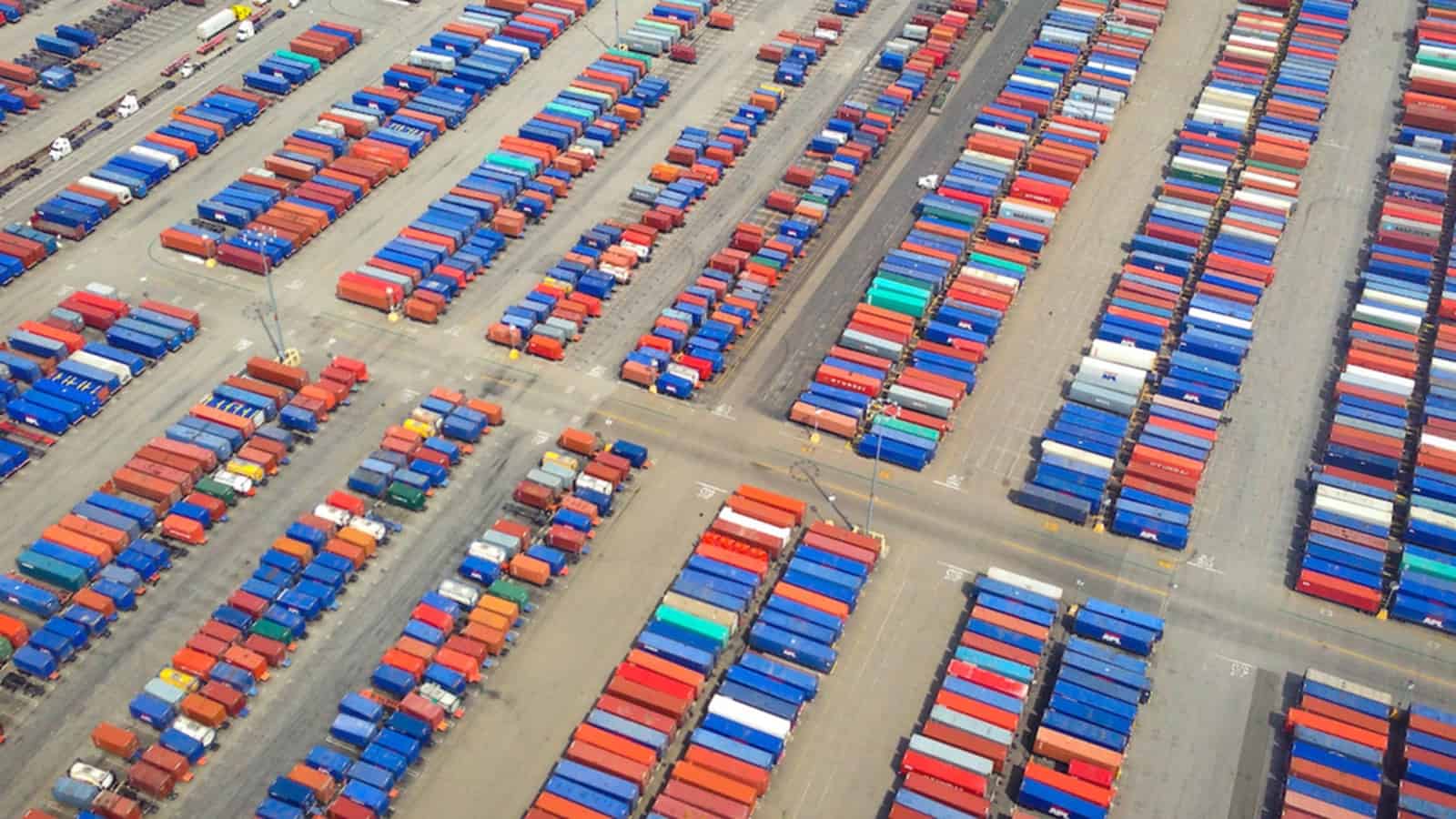
The funds are part of the Biden administration’s efforts to reduce supply chain congestion and lower prices for American consumers, according to the AP.
New grants offer funds: On Wednesday, Transportation Secretary Pete Buttigieg announced the availability of port grants that are designed to reduce bottlenecks. The grants are double last year’s amount and will be provided annually for the next five years. U.S. ports have until May to apply for the grants, and they will be awarded next fall.
New report outlines fixes: The Department of Transportation released a report this week on how best to fix supply chain gaps. According to the report, necessary action includes better government cooperation and data sharing with the private sector and more federal funding to increase warehouse capacity and ensure more seamless rail, water and truck transportation.
Impact of 2021 grants: Last year, the DoT awarded $241 million in grants, which helped increase the length of workdays at major ports and improve recruitment and retention in the trucking industry.
Our work: The NAM has been extensively involved in policy work to address supply chain challenges—from our proposal to strengthen supply chains to our successful efforts to develop and pass a bipartisan infrastructure bill.
Russian Hackers Target U.S. Defense Contractors

Over the past two years, Russian hackers have successfully gathered information by targeting U.S. defense contractors, according to CNN.
Hacks provide information on U.S. weapons: “Russian government-backed hackers have acquired sensitive information on the development and deployment of U.S. weapons by breaching American defense contractors over the last two years.”
Unclassified but important: The information breached by Russian hackers is unclassified, but provides valuable insight into U.S. weapon developments, deployment timelines and export-controlled technology.
Contractors affected: The hacks impacted contractors working with the Army, Navy, Air Force and Space Force, as well as firms working on defense and intelligence programs. The U.S. specifically said targeted contractors were involved in aircraft design and the development of combat and weapon systems.
Why it matters: U.S. security agencies said, “By acquiring proprietary internal documents and email communications, adversaries may be able to adjust their own military plans and priorities, hasten technological development efforts, inform foreign policymakers of U.S. intentions and target potential sources for recruitment.”
Our take: “Earlier this week, the U.S. government announced a ‘Shields Up’ advisory, followed by an additional advisory detailing the threat, and the defense industrial base is strongly encouraged to heed the warning,” said NAM Vice President of Infrastructure, Innovation and Human Resources Policy Robyn Boerstling. “Protecting the factory floor from cyber intruders—whether criminal or nation-state—is about protecting our competitiveness, our security and our collective defense.”
More resources: The Department of Homeland Security’s Cybersecurity and Infrastructure Security Agency has developed a range of tools to support businesses and the industry through its Cyber Resource Hub. Learn more here.
Our plug: Cybersecurity is a vital concern for manufacturers across the country—and the NAM is working to ensure that our members have what they need to stay safe. Check out NAM Cyber Cover for information about an exclusive cybersecurity and risk mitigation program developed in partnership with AHT Insurance and Coalition.
New Indo-Pacific Framework Should Prioritize U.S. Manufacturers
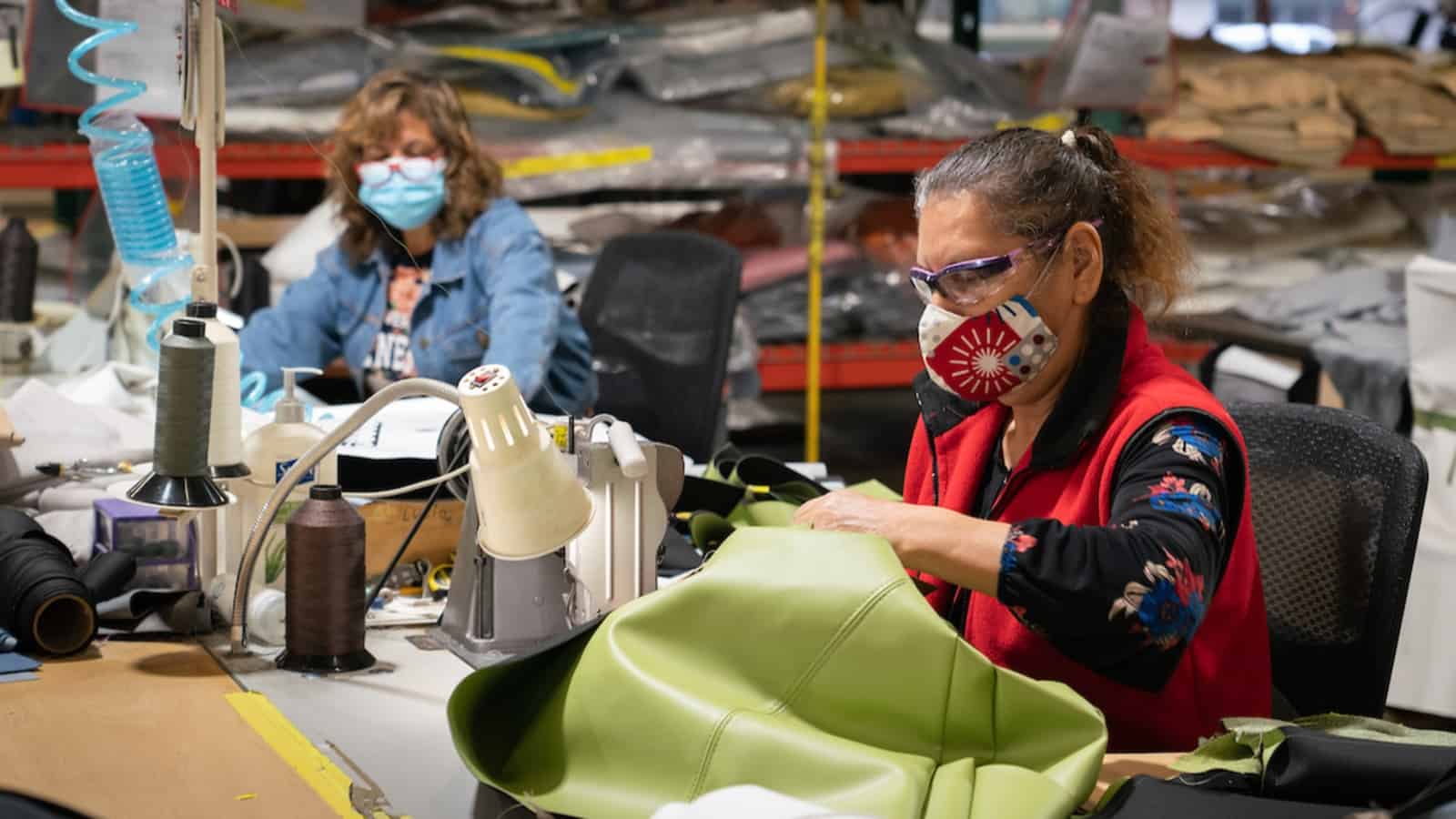
The NAM is calling for a U.S. economic approach in the Indo-Pacific region that incorporates several key trade elements for manufacturers.
The background: Earlier this month, the White House unveiled a 12-page strategy overview focusing “on every corner of the region from South Asia to the Pacific Islands to strengthen its long-term position and commitment,” according to Reuters (subscription).
- In the document, the U.S. promises to strengthen partnerships, modernize alliances and invest in regional organizations.
- According to an action plan for the next one to two years, the U.S. will “‘meaningfully expand’ its diplomatic presence in Southeast Asia and the Pacific Islands.”
The NAM’s view: “As the administration continues to develop the framework, it must prioritize an approach that supports manufacturing and manufacturing jobs by opening markets, strengthening U.S. innovation and technology leadership, raising global standards to U.S. levels and putting in place best-in-class trade rules,” said NAM President and CEO Jay Timmons in a letter sent on Tuesday to Secretary of State Antony Blinken, Secretary of Commerce Gina Raimondo, U.S. Trade Representative Katherine Tai and National Security Adviser Jake Sullivan.
Key inclusions: The NAM is urging the administration to include several major elements in its new framework. These include but are not limited to:
- Prioritizing efforts to eliminate trade barriers in the region that hamper U.S. competitiveness;
- Instituting strong intellectual property rules that set high standards for IP protection and strengthen innovation;
- Securing regional or bilateral digital trade commitments; and
- Strengthening collaboration on standards, regulatory and conformity assessment with countries in the Indo-Pacific region.
The last word: “This approach is necessary so that manufacturers in the United States do not fall behind our competitors in the Indo-Pacific, such as China, that are actively negotiating and implementing new trade agreements to lock in opportunities for their manufacturers, not ours,” said Timmons.
